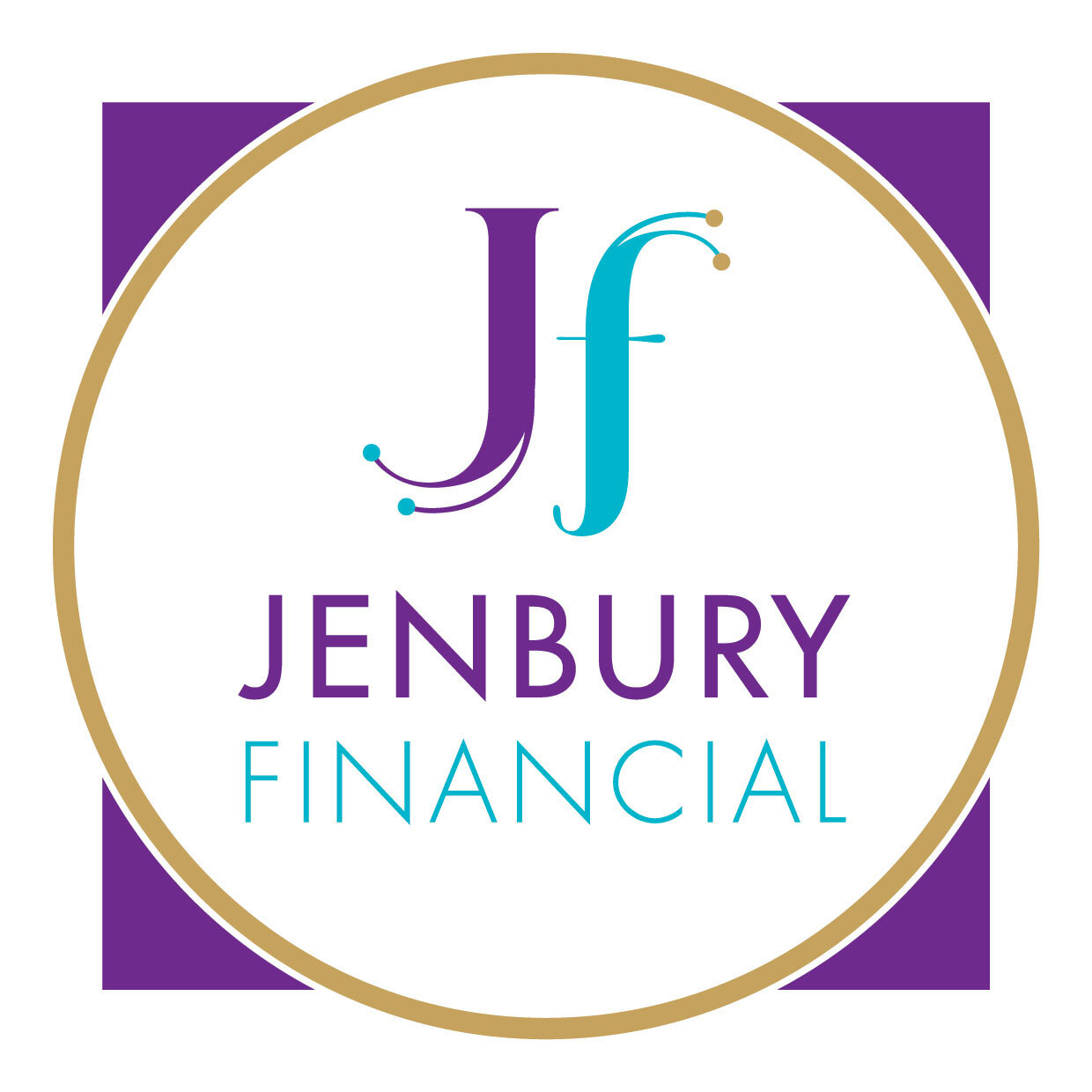The Age-Old Debate About Centrelink Entitlements
When it comes to retirement planning in Australia, few topics spark more discussion than Centrelink entitlements. Should you reduce your assets to qualify for a higher Age Pension? Or should you keep those assets working to generate your own income — even if it means you receive less (or no) government support?
This is a deeply personal decision, and the right choice depends on your financial position, goals, and comfort level. Let’s explore the pros and cons of each approach.
Option 1: Reducing Assets to Increase Centrelink Payments
How it works:
Centrelink uses an assets test and an income test to determine your eligibility for benefits like the Age Pension. If your assets exceed certain thresholds, your payments reduce or stop altogether. Some retirees consider giving away assets, spending on renovations or travel, or upgrading their car to bring their assets below the threshold.
Pros:
Regular, stable income – The Age Pension is a predictable fortnightly payment, adjusted for inflation.
Access to concession cards – This can mean cheaper prescriptions, reduced energy bills, and other discounts.
Less investment risk – You’re less reliant on market returns for income.
Cons:
Loss of control – Once you give away assets, you generally can’t get them back.
Opportunity cost – Those assets could have been invested to grow your wealth or generate income.
Gifting rules – Centrelink has strict limits on how much you can give away without affecting your entitlements.
Future needs – Reducing assets might leave you with less flexibility for aged care or unexpected expenses.
Case Study – Margaret, 74
Margaret had $750,000 in super and investments, which was above the Age Pension asset threshold. Her annual living expenses were around $50,000, which she funded entirely from her investment income and withdrawals from her super.
Before spending the $150,000:
No Age Pension entitlement due to asset levels.
~$50,000 per year funded from investment income and super drawdowns (approx. 6.6% per annum).
Paid full price for healthcare, utilities, and other services without concession benefits.
After spending the $150,000:
Renovated her home, upgraded her car, and took a dream overseas trip — reducing her assessable assets to $600,000.
Qualified for a part pension of around $8,000 per year plus valuable concessions.
Now funds her living costs with:
~$42,000 from investment income and super drawdowns (approx. 7% per annum), plus
~$8,000 from the Age Pension.
The guaranteed pension income and concessions give her more certainty, but she now has less invested capital for future needs.
Option 2: Keeping Assets to Generate Your Own Income
How it works:
Rather than aiming for more Age Pension, you invest your assets in income-producing investments such as shares, managed funds, investment property, or term deposits. You accept that your Centrelink payment may be reduced or eliminated, but your income is self-funded.
Pros:
Financial independence – You’re less reliant on government policy changes.
Flexibility – You control how and when you use your money.
Potential for higher income – A well-structured investment portfolio can generate more than the Age Pension provides.
Estate planning benefits – You can preserve and pass on more wealth to beneficiaries.
Cons:
Market risk – Investments can fluctuate in value, affecting your income.
No concession benefits – Without a Pensioner Concession Card, you may face higher costs for healthcare, utilities, and transport.
Income variability – Dividends, rents, or interest rates can change over time.
Case Study – Brian & Lyn, 68 and 67
Brian and Lyn have $1.2 million in super and investments, enough to fund a comfortable lifestyle without the Age Pension. Their annual living expenses are around $70,000.
Income structure:
~$55,000 from investment income (dividends and distributions).
~$15,000 from pension payments from super.
They receive no Age Pension, but their income is higher than the full pension and gives them the flexibility to travel, help their children financially, and adjust their spending as they wish.
They accept that their income may fluctuate with markets but value the independence and control they have.
It’s Not Always All-or-Nothing
Some retirees take a blended approach — keeping enough assets to generate income while also qualifying for a part pension and concession cards. This can balance the security of government support with the freedom of self-funded income.
The Bottom Line
There’s no one-size-fits-all answer to this debate. It depends on your lifestyle, spending needs, health, and risk tolerance. The key is to run the numbers, understand the rules, and think long-term.
If you’re unsure which path is right for you, consider getting professional financial advice. A good adviser can model different scenarios so you can see exactly how each choice might play out over the years.
If you’re wondering whether to reduce your assets or focus on income generation, we can help you map out the best strategy for your retirement. Book a complimentary 15-minute consultation with Jenbury Financial today.
